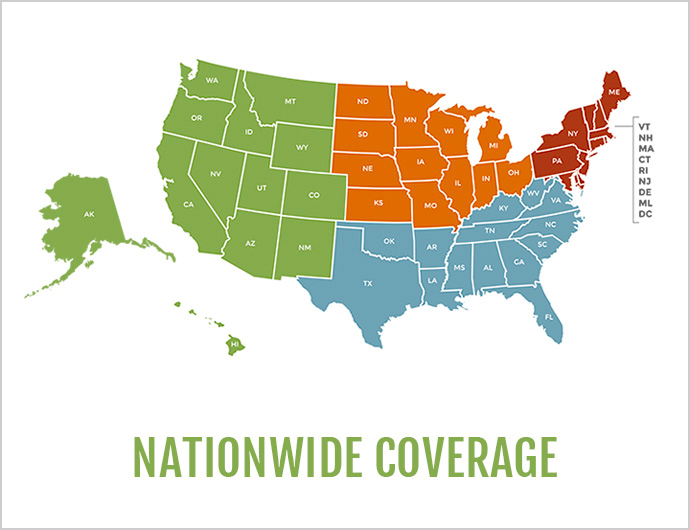In some areas such as Texas, the Northeast and throughout the West, temperatures continue to soar. Aside from increased energy bills for cooling, utility companies are warning there may be rolling brownouts as they work to keep up with demand. Doing your part can not only reduce stress on the grid, but can save you money. In some cases, the savings can be significant.
Flex Alerts
Utility companies are struggling to provide enough power to their accounts on the hottest days of the year due to the HVAC loads. They call for “flex alerts” where they are in need of additional power based upon projected temperatures.
During a flex alert, they ask everyone to reduce power consumption during the hottest part of the day by turning up thermostats and dimming down or turning off lights. Customers with pre-signed agreements will have a percentage stipulated for how much to reduce their power loads during flex alerts. Customers with signed agreements that fail to reduce power by the pre-arranged amount can get hit with a large penalty, which could cost several thousand dollars just for one day.
Energy Management Systems
The only way to reduce power consumption effectively is through an Energy Management System. This is especially true of large retail accounts where the energy team is in a central location at a corporate office and they are controlling hundreds or even thousands of locations across the country. When a flex alert is called, utility companies send out notifications through various methods to customers. Customers with an automated demand response (ADR) “receiver / node” tied into their EMS will receive notifications from the utility company. They are insured that their system will go into automatic mode helping to avoid fines and reduce costs.
More about Demand Response
While updates to EMS systems can seem costly, many utility companies are offering substantial incentives for ADR systems that almost cover the cost of installation. In Texas, participation in demand response programs through ERCOT can result in lowering your company’s carbon footprint throughout the year, help stabilize the grid during peak usage and save money. SoCal Edison has different options depending on your industry sector. Their website offers real time information on scheduled events and pricing. It also includes registration for the Capacity Bidding Program allowing companies to agree to lower usage during peak hours and events.
In Colorado, the demand response program through the public utility company Xcel lists multiple benefits for companies that range from social to financial. “Customers gain access to their near real-time energy load profile. This data can be used to help maximize demand response event performance as well as provide insight for additional year-round, energy-saving opportunities.”
If you work with us to install or update your EMS and ADR system, we’ll guide you through the process from estimating costs to potential savings, the latest in technology and maintenance plans. At Solis, we’ve helped businesses of all sizes, from big box retail to smaller local offices.

